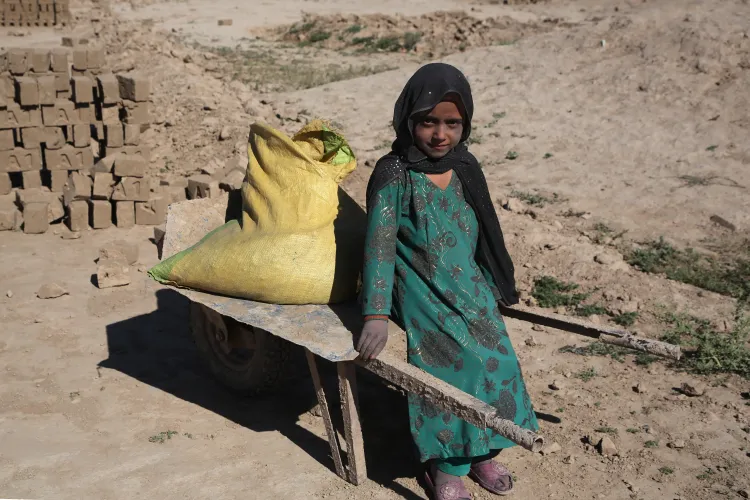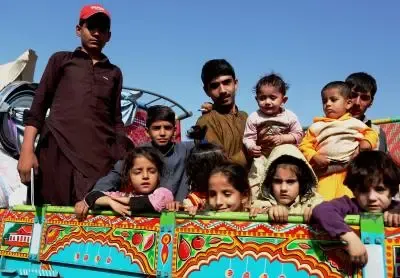Why Are 1.3 Million Children Working as Laborers in Pakistan's Sindh?

Synopsis
Key Takeaways
- 1.3 million children are involved in child labour in Sindh, primarily in the agriculture sector.
- The survey shows a 50 percent reduction in child labour since 1996.
- Most children engaged in labour experience hazardous conditions.
- Economic factors significantly contribute to the prevalence of child labour.
- Only 41.2 percent of working children are attending school.
Islamabad, Oct 26 (NationPress) Approximately 1.3 million children aged between five and 17 years are ensnared in child labour in Pakistan's Sindh province, with a staggering 65 percent obliged to toil in the agriculture sector, as reported by local media citing a government survey.
Importantly, the Labour Department of Pakistan has initiated the Sindh Child Labour Survey 2023-2024 in partnership with UNICEF.
The survey indicates that nearly two-thirds of these 1.3 million children are active in the agriculture sector, followed by 12.4 percent in manufacturing and 10.8 percent in wholesale/retail trade, as detailed in a report by the Pakistan daily Dawn.
This is the first survey conducted in almost three decades, providing critical evidence for implementing robust policies to eradicate child labour while also shedding light on the educational status, living conditions, and work responsibilities of children across 29 districts of Sindh.
The findings reveal a near 50 percent reduction in child labour since 1996, when the rate was at 20.6 percent. Currently, 10.3 percent of children aged five to 17 are engaged in child labour, with 13.7 percent being boys and 6.6 percent girls.
Notably, 44.3 percent of parents allow their children to work to supplement family income, while 43.5 percent of those involved in child labour report experiencing fatigue or injuries from their work-related duties.
According to the survey, the highest rates of child labour were found in Sujawal (35.1 percent) and Tharparkar (25.6 percent), whereas Malir (2.7 percent) and Karachi South (3 percent) had comparatively fewer cases.
Alarmingly, 50.4 percent of working children aged between 10-17 are subjected to hazardous conditions, including carrying heavy loads (29.8 percent), enduring extreme temperatures (28.1 percent), and facing workplace abuse (17.5 percent).
The survey found that only 41.2 percent of children involved in labour attend school, compared to 69.9 percent of non-working children. The school attendance drops significantly with age, with only 29.1 percent of working adolescents aged 14-17 still studying.
Furthermore, 33.7 percent of households in the lowest economic bracket have a child engaged in labour, compared to 3.8 percent among the wealthiest families. Families receiving support from the Benazir Income Support Programme (BISP) or facing economic hardships demonstrate higher rates of child labour.
At the survey's launch, Labour Secretary Asadullah Abro emphasized the findings as a serious reminder of the work ahead. He reiterated the provincial government's commitment to enhancing the enforcement of the Sindh Prohibition of Employment of Children Act, 2017 and developing policies that tackle the root causes of this pressing issue.









